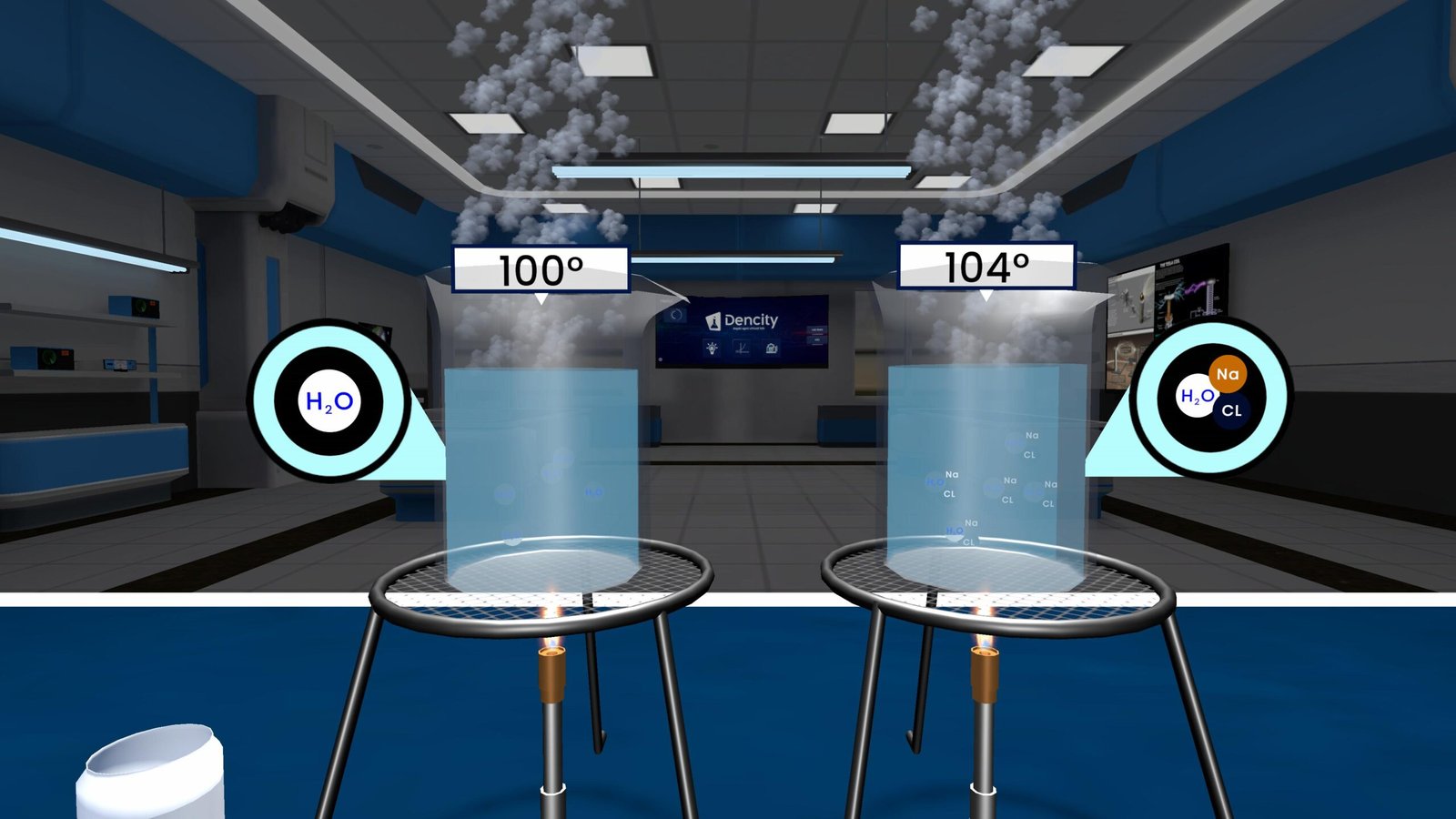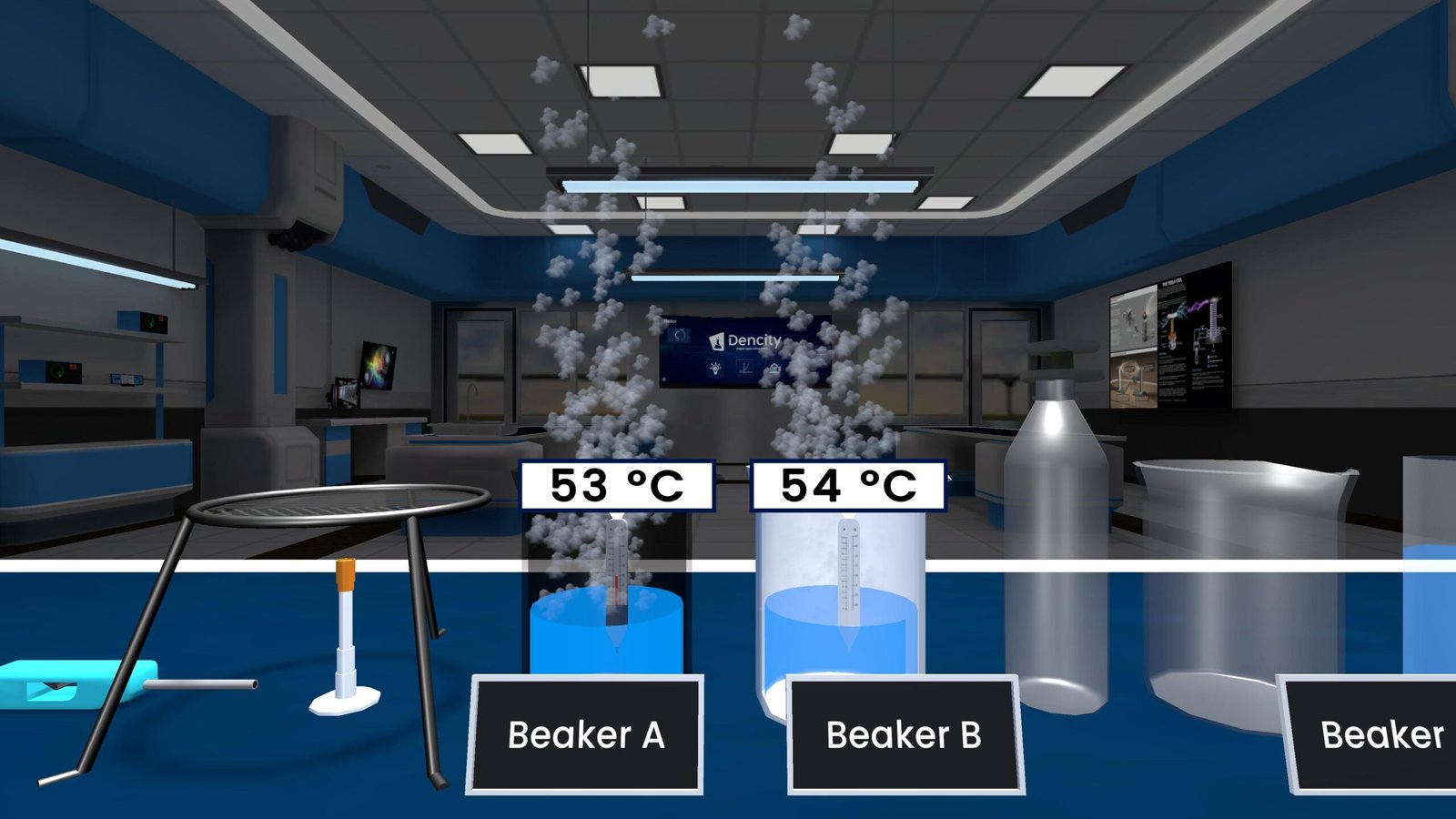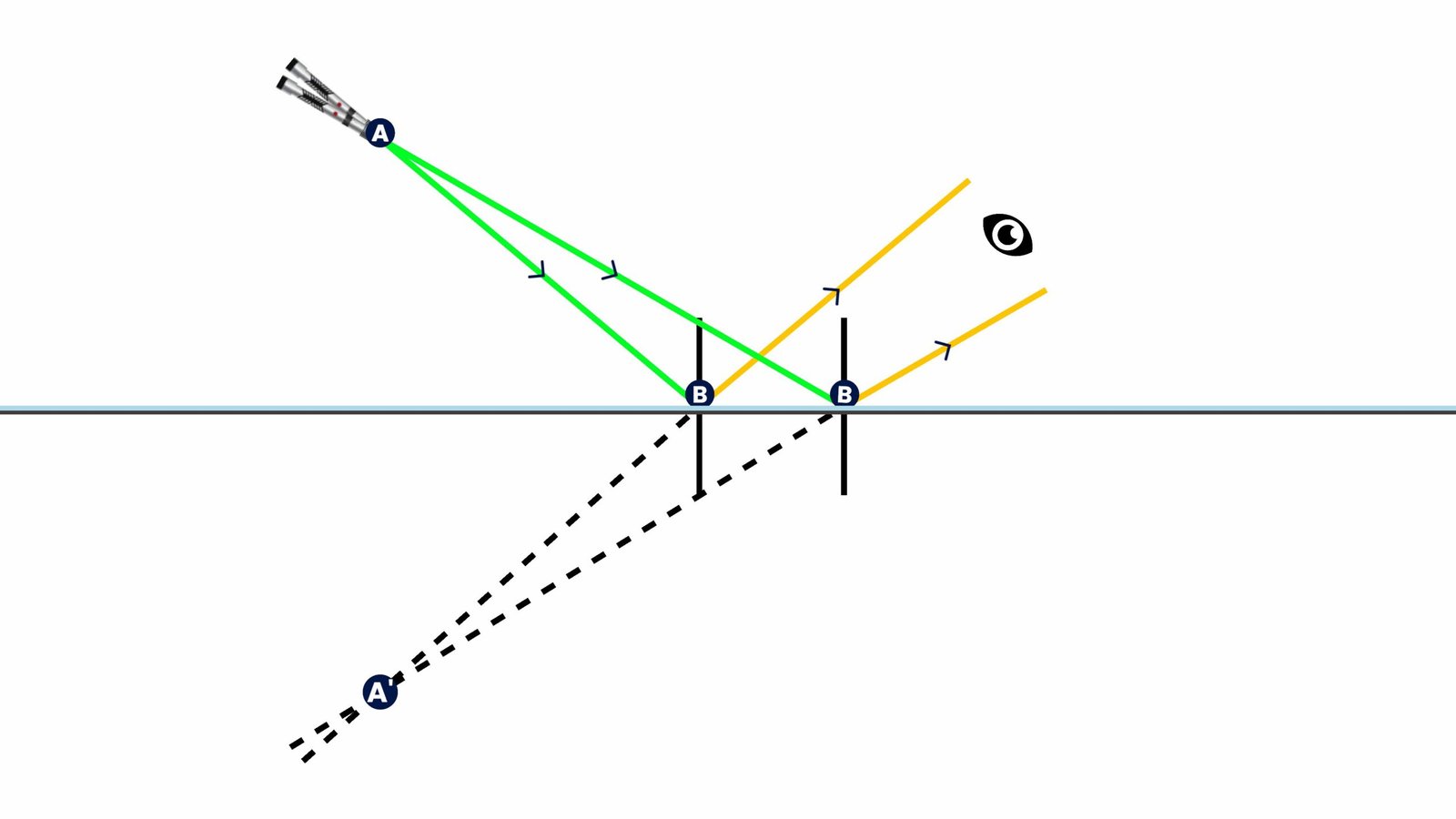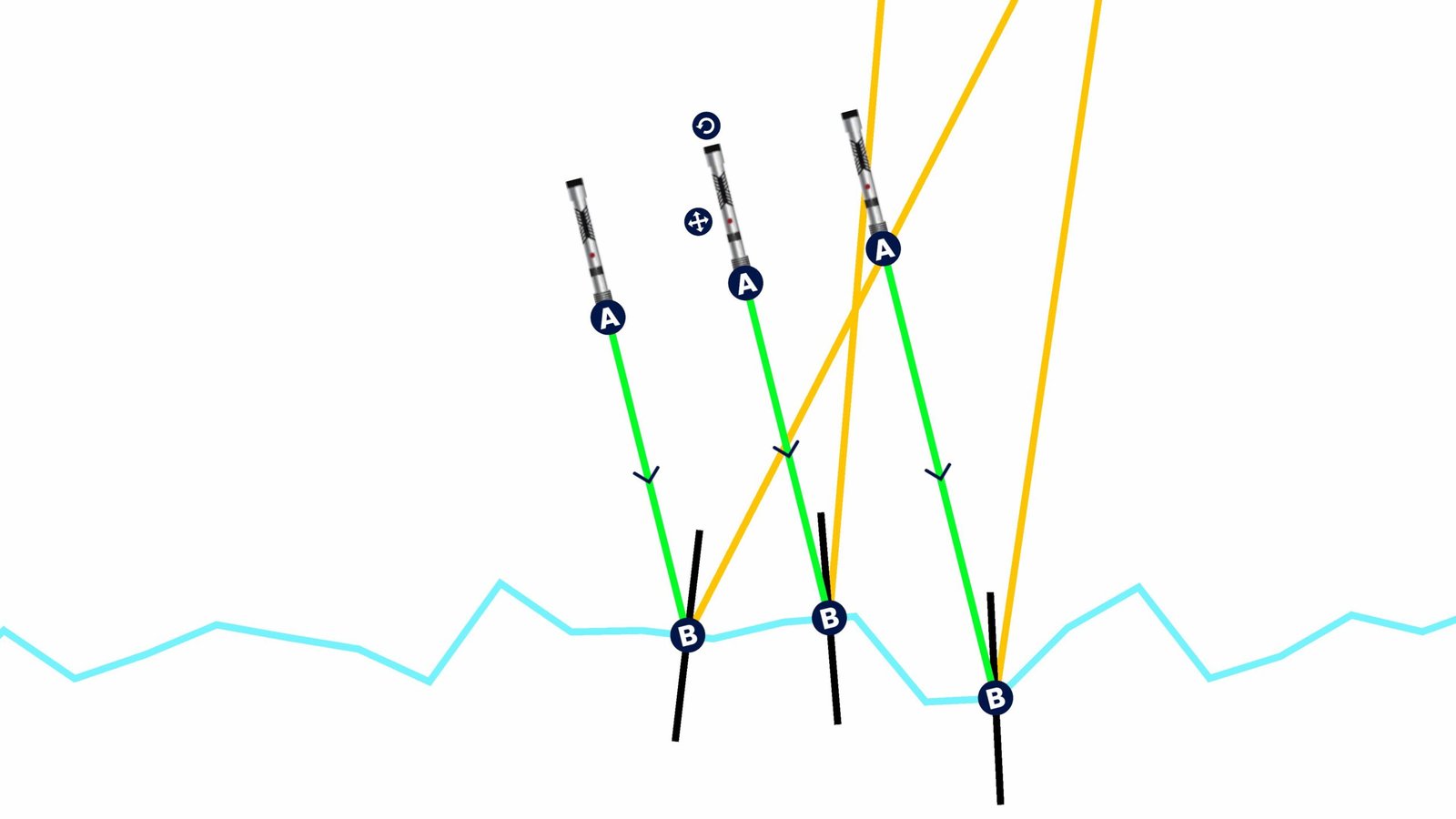Boiling Point Elevation Experiment – Class 12 Science
Boiling point elevation is a colligative property of solutions. It tells us that the boiling point of a liquid increases when a non-volatile solute is added. What’s important here is that this increase depends only on the number of solute particles present, not on their type.
Theory Explained in Simple Words
When you dissolve a non-volatile solute (like salt) in a solvent (like water), the vapour pressure of the solvent decreases. This means the liquid now needs a higher temperature for its vapour pressure to equal the surrounding atmospheric pressure. Because of this, the boiling point rises.
The mathematical relation is:
ΔTb = i × Kb × m
Where:
- ΔTb = Boiling point elevation
- i = van’t Hoff factor (number of particles solute dissociates into)
- Kb = Ebullioscopic constant of the solvent
- m = Molality of the solution
This relation is mostly valid for dilute solutions and assumes ideal behaviour.
Real-Life Applications of Boiling Point Elevation
- Cooking – Adding salt to water raises its boiling point slightly, helping food cook faster.
- Car Radiators – Antifreeze is added to coolant, which increases its boiling point and prevents overheating.
- Food Industry – Sugar syrups for jams and candies boil at higher temperatures due to dissolved sugar.
Why Oil Bath is Used
Instead of a direct flame, an oil bath is used in experiments. Oil provides safe and uniform heating, avoids sudden temperature spikes, and is especially important while working with flammable liquids.
Observations in Lab
- Pure water boils at 100°C.
- Salt solution boils at 104°C.
- The rise happens because dissolved solute reduces the escaping tendency of molecules, thus raising the boiling point.
Learning Boiling Point Elevation with Dencity
The Dencity app brings this Class 12 Boiling Point Elevation Experiment to life through an interactive virtual science lab. Students can:
- Add different solutes to observe changes in boiling points.
- Perform safe experiments without handling hot liquids.
- Get real-time graphs, data tables, and calculations with step-by-step explanations.
Dencity is available on Android, iOS, and Desktop, making it accessible anywhere. It’s a cost-efficient, safe, and effective way to understand science practically.
Dencity for Teachers
Dencity empowers teachers with interactive teaching tools. With virtual classrooms, they can:
- Demonstrate experiments live.
- Assign interactive homework in under 30 seconds.
- Track student progress automatically.
- Promote interactive learning and collaborative discussions.
Dencity also works seamlessly on interactive touch panels in classrooms, making demonstrations more engaging.
Contact for Institutions
Schools and educational institutions can reach out to us for customized pricing or demos to integrate Dencity into their science curriculum.
Frequently Asked Questions (FAQs)
- What is boiling point elevation?
It’s the increase in the boiling point of a liquid when a non-volatile solute is dissolved in it. - Why does adding salt increase boiling point?
Salt lowers vapour pressure, so the liquid needs more heat to boil. - What is the formula for boiling point elevation?
ΔTb = i × Kb × m - What is the van’t Hoff factor (i)?
It represents the number of particles a solute breaks into when dissolved. - Why is an oil bath used in this experiment?
It provides safe, uniform heating without fire hazards. - Is boiling point elevation dependent on the type of solute?
No, it depends only on the number of solute particles, not their nature. - Where is boiling point elevation used in real life?
Cooking, car radiators, and making jams/candies. - Can I do this experiment at home?
Yes, with simple materials like salt and water, but controlled experiments are best done in a lab or virtual lab like Dencity. - Is this part of Class 12 science curriculum?
Yes, boiling point elevation is taught in Class 12 Chemistry. - How does Dencity help with this experiment?
Dencity lets students perform the experiment virtually, view data instantly, and learn with interactive simulations without safety risks.
Explore science in a whole new way with the Dencity virtual lab – where learning is interactive, fun, and just a click away.







